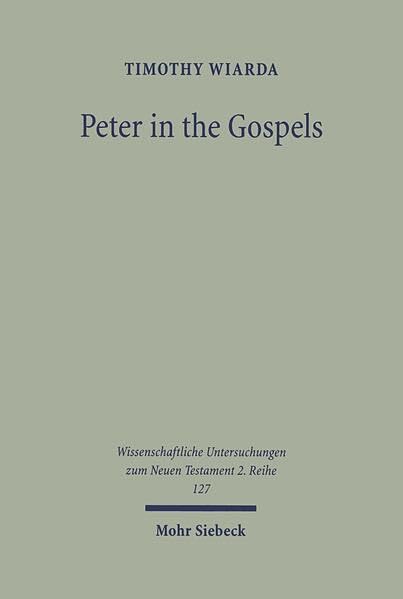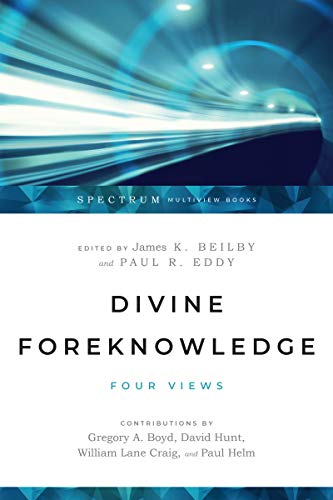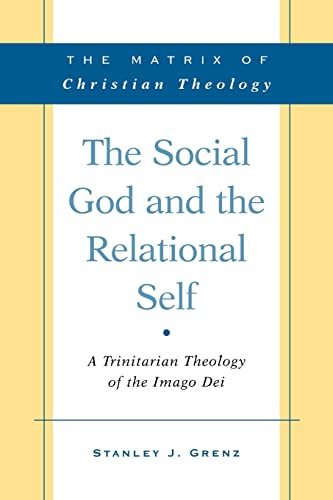PETER IN THE GOSPELS. PATTERN, PERSONALITY AND RELATIONSHIP (WUNT 2. REIHE 127)
Written by Timothy Wiarda Reviewed By Scott HafemannThis carefully argued 1999 PhD thesis from Brunel University/London Bible College seeks to establish two interrelated points. First, the Peter pericopes evidence a distinctive, though not exclusive pattern in which Peter’s positively intended, but wrongheaded words or acts in regard to Jesus and his mission meet with a reversal of expectations. This reversal is brought about either by Jesus’ correction or rebuke of Peter’s misunderstanding, or by Peter’s own weakness or experience of failure (43, 64, 217–18). Second, these positive intention—reversal episodes present a coherent characterisation of Peter throughout the Gospels that is developed within a disciple/master relationship with Jesus (cf. 125ff.). Wiarda is consequently able to describe Peter’s character as a combination of quick initiative, devotion, loyalty, leadership, and respect on the one hand, and over-functioning fear, over-self-confidence, and lack of restraint in self-expression on the other. The character of Peter thus plays a significant role in bringing about the reversals themselves (cf. 91, 99, 106, 119). Rhetorically, these reversals serve to highlight the nature of Christ and his mission, while secondarily providing an example of the true nature of discipleship against the backdrop of Peter’s ‘discipleship failure’ (179–80).
Moreover, contrary to most contemporary studies, Wiarda concludes that these reversal passages provide no evidence that there is any pro- or anti-Peter redactional agenda in the Gospels (181). Rather, the evangelists were influenced by a ‘prior conception of what Peter was like’ and a genuine interest in Peter as a person (182). This conclusion is buttressed by the lack of any substantive parallels in either rabbinic or Greco-Roman literature to the character of Peter itself or to the Peter/Jesus relationship (193–205) and by an application of the standard criteria for authenticity to the Peter narratives, especially that of multiple attestation, embarrassment, and discontinuity (206–228). This is a significant contribution to the current debate.
Wiarda’s work raises several questions, all of which he is aware of and addresses directly. First: is the reversal pattern and the misunderstanding motif central to it really distinctive to Peter when so many others experience it and when Peter also experiences other kinds of reversals common to other believers (cf. 118)? The only type of reversal that is unique to Peter is his experience of personal failure which occurs three times (61). What appears distinctive is not the kind of reversal Peter experiences but the disproportionately high number of such reversals associated with him (56–59). Second: it remains difficult to decide when Peter represents an individualising trait and when he is functioning as a type or example of the disciples as a whole (74). Third: despite Wiarda’s attempt to guard against it methodologically (cf. 68 n.10, 92, 152), any focus on characterisation in ancient narratives is always in danger of psychologising the text. Mapping out such an indirect aspect of the text will inevitably involve a greater degree of subjectivity and circularity than other exegetical evaluations. Finally: in a book that surveys so many passages from so many different angles readers will inevitably disagree with this or that exegetical decision.
Nevertheless, Wiarda’s work is a valuable example of a conservative redaction critic (cf. 228) at work on an important narrative theme. And Wiarda’s final theological synthesis of what can be learned from Peter in the Gospels, though not developed, remains vital in every age: the believer’s relationship with Jesus is based completely on grace, so that failure and sin cannot break the commitment to his disciples that Jesus himself has established; at the same time, clear thinking about Jesus and his mission is essential for following him, devotion is the key to discipleship, and our own approach to Jesus, like that of Peter’s, may be confident and free, albeit within a rightful recognition of Jesus’ authority (233).
Scott Hafemann
Wheaton College, II.







